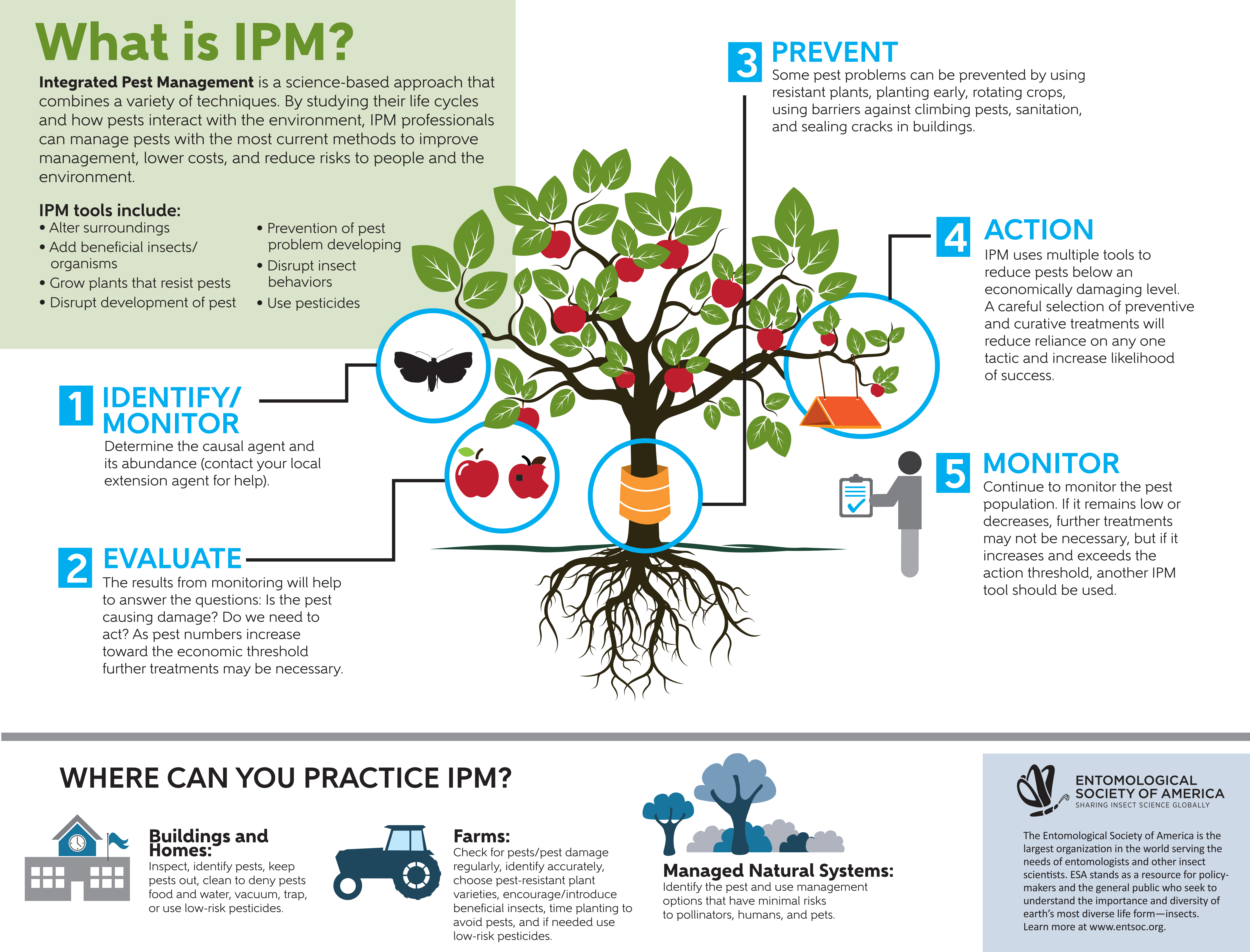Protecting Your Attic From Rodents: Trick Recommendations For Homeowners
Protecting Your Attic From Rodents: Trick Recommendations For Homeowners
Blog Article
Developed By-Silver Bay
Imagine your attic room as a cozy Airbnb for rodents, with insulation as cosy as hotel cushions and circuitry more luring than room solution. Now, visualize these unwanted guests tossing a wild celebration in your house while you're away. As a property owner, ensuring your attic is rodent-proof is not nearly peace of mind; it's about safeguarding your property and liked ones. So, what simple actions can you take to secure your refuge from these furry burglars?
Inspect for Entrance Details
To begin rodent-proofing your attic room, evaluate for access factors. Beginning by carefully taking a look at the outside of your home, looking for any openings that rats can utilize to get to your attic. Look for spaces around energy lines, vents, and pipes, as well as any kind of fractures or holes in the structure or house siding. Ensure to pay attention to locations where various building products satisfy, as these are common entrance points for rodents.
Furthermore, inspect the roofing for any kind of damaged or missing out on shingles, along with any spaces around the edges where rats might press with. Inside the attic room, look for indications of existing rodent activity such as droppings, chewed cords, or nesting products. Make use of a flashlight to thoroughly check dark corners and surprise spaces.
Seal Cracks and Gaps
Inspect your attic extensively for any fractures and gaps that need to be sealed to prevent rodents from entering. Rodents can squeeze through even the smallest openings, so it's critical to seal any potential access factors. Examine around pipelines, vents, cable televisions, and where the walls meet the roofing system. Make use of a combination of steel woollen and caulking to seal off these openings successfully. Steel wool is a superb deterrent as rats can not eat through it. Guarantee that all spaces are snugly secured to deny accessibility to unwanted bugs.
Don't overlook the relevance of sealing spaces around windows and doors as well. Use weather condition stripping or door sweeps to seal these areas properly. Inspect the locations where energy lines get in the attic room and secure them off using an appropriate sealant. By taking the time to seal all cracks and gaps in your attic, you create a barrier that rats will certainly locate difficult to breach. Avoidance is key in rodent-proofing your attic room, so be thorough in your efforts to seal off any possible entry points.
Eliminate Food Sources
Take aggressive procedures to eliminate or store all potential food sources in your attic room to hinder rats from infesting the space. Rodents are drawn in to food, so eliminating their food sources is critical in maintaining them out of your attic.
Right here's what you can do:
1. ** Shop food securely **: Stay clear of leaving any kind of food items in the attic room. Shop all food in closed containers made from steel or sturdy plastic to avoid rats from accessing them.
2. ** Tidy up particles **: Eliminate any kind of stacks of debris, such as old newspapers, cardboard boxes, or wood scraps, that rats might utilize as nesting product or food sources. Keep the attic room clutter-free to make it much less enticing to rats.
3. ** Dispose of garbage effectively **: If you use your attic for storage space and have waste or waste up there, see to it to deal with it on a regular basis and effectively. Decaying garbage can draw in rats, so keep the attic tidy and devoid of any organic waste.
Verdict
Finally, remember that an ounce of prevention is worth a pound of remedy when it involves rodent-proofing your attic.
By putting in the time to check for entrance factors, seal splits and voids, and get rid of food resources, you can keep unwanted pests away.
Keep in mind, 'An ounce of prevention is worth an extra pound of treatment' - Benjamin Franklin.
Stay flea pest control cost and secure your home from rodent infestations.
